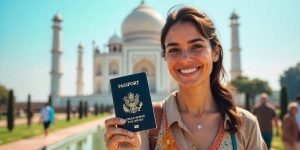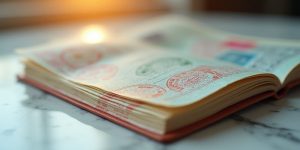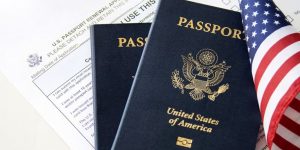Understanding the types of visas is crucial for any international journey, as they provide legal permission to enter, stay, study, work, or transit through a foreign country. Using the correct visa ensures smooth travel and avoids denied entry, fines, or legal complications.
Whether you’re visiting for tourism, studying abroad, working globally, or planning a permanent relocation, each purpose has a specific visa category with distinct eligibility requirements and documentation. This updated guide covers all major visa types in 2025, application procedures, and practical tips to increase your chances of approval.
Types of Visas – Quick Overview
Visas vary by purpose, duration, and allowed activities. Here’s a quick overview of the Top 8 Primary key visa types, their validity, and the countries that offer them.
| Primary Visa Type | Duration | Examples of Countries |
|---|---|---|
| Tourist/Visitor | 30-180 days typically | US (B2), UK (Standard Visitor), Schengen countries |
| Student | Course duration (1-5 years) | US (F1), UK (Student Visa), Canada (Study Permit), |
| Work | 1-5 years (varies widely) | US (H-1B, L-1), UK (Skilled Worker), Canada (Work Permit) |
| Business | 30-180 days typically | US (B1), UK (Business Visitor), India |
| Transit | 24-96 hours | UK, Schengen countries, China, Russia |
| Immigrant/Residency | Permanent or path to permanence | US (Green Card), Canada (PR), Australia (PR) |
| Diplomatic/Official | Mission duration | US (A/G visas) |
| Medical Visa | 30 to 180 days (extendable) | India (Medical Visa), Thailand (Medical Treatment Visa), US (B-2 for medical purposes) |
| Spouse/Dependent Visa | Matches primary visa holder | US (H-4), UK (Dependent Visa), Canada (Open Work Permit for dependents) |
| Cultural/Exchange Visa | Duration of program (usually 1-12 months) | US (J-1), UK (Temporary Worker – Government Authorised Exchange), Australia (Work & Holiday), Canada (International Experience Canada) |
Now let’s move on to the brief explanation of the top 9 Primary Visa Types mentioned above
Top 10 Primary Types of Visas
sas are categorized based on the purpose of the visit and duration of stay. While requirements vary by country, most nations offer several standard visa categories to accommodate travel needs, including specialized ones like the Diversity Visa, which supports immigration from underrepresented countries.
1. Tourist/Visitor Visa
The tourist visa is designed for leisure travel, sightseeing, and visiting friends or relatives. It is typically valid for 30-180 days and does not require work permission. Some Countries that offer these visas include the US B2, UK Standard Visitor, and Schengen visas.
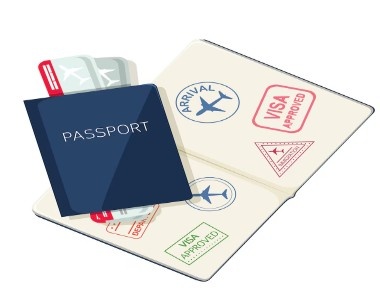
You can also take a look at the O-1 Visa overview if you’re interested in U.S. visa options for individuals with exceptional talent or achievement.
2. Student Visa
Student visas enable enrollment at recognized educational institutions abroad for the duration of academic programs (typically 1-5 years). Requirements usually include proof of admission, financial capability to cover tuition and living expenses, and often language proficiency test results.
The US F1, UK Student Visa, and Canada Study Permit are common examples.
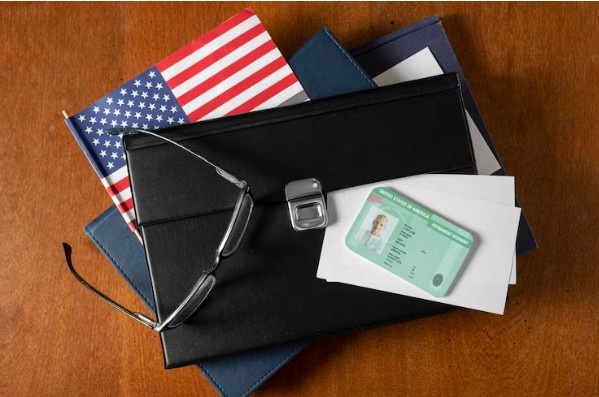
3. Work Visa
Work visas grant legal employment authorization in foreign countries. They typically require employer sponsorship for specific positions. Depending on contract terms and visa category, the duration ranges from several months to multiple years.
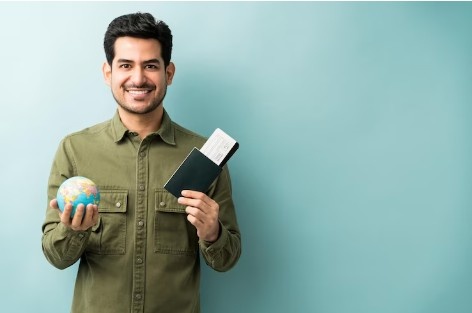
Popular examples include the US H-1B for specialty occupations, the UK Skilled Worker visa, and Australia’s Temporary Skill Shortage visa.
Planning a trip from the U.S. to India? This visa guide for U.S. travelers to India outlines all requirements.
4. Business Visa
Business visas allow professionals to attend meetings, conferences, negotiations, or explore investment opportunities without engaging in formal employment.
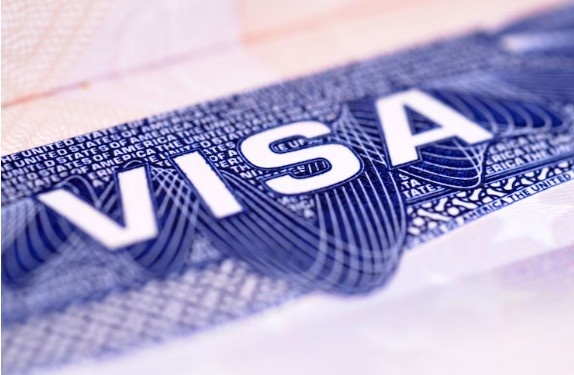
Typically valid for 30-180 days, these visas prohibit receiving a salary from host country entities. The US B1 and India Business visas exemplify this category.
5. Transit Visa
Transit visas permit travelers to pass through a country en route to their final destination, valid for very brief stays (24-96 hours) with highly restricted activities.
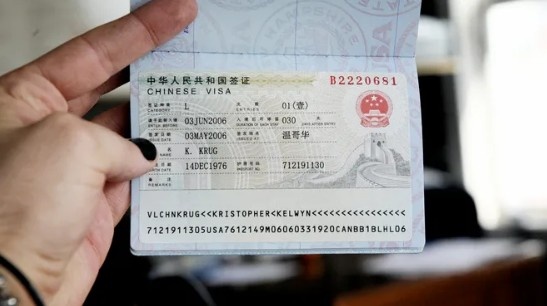
Some nations waive requirements for certain nationalities or travelers remaining within designated international transit zones. UK Direct Airside Transit visas and Schengen Airport Transit visas are common examples.
6. Immigrant/Residency Visa
Immigrant visas facilitate permanent settlement abroad and offer pathways to citizenship after meeting residency requirements. They are available through family connections, employment qualifications, capital investment, or humanitarian grounds.

The US Green Card, Canadian Permanent Residence, and Australian Permanent Residency exemplify this category.
7. Diplomatic and Official Visas
Diplomatic visas serve government representatives, diplomats, and international organization employees traveling on official assignments.

According to international conventions and bilateral agreements, these visas confer special privileges and immunities. The USA and G visa categories represent common examples.
Other types of visas include Refugee visas, which provide protection to individuals fleeing persecution, and Working Holiday visas, which allow young adults to travel and work temporarily,” typically” for 1-2 years, under specific eligibility rules in countries like Germany and Australia.
8. Medical Visa
Medical visa is issued to individuals traveling abroad for unavailable medical treatment, surgery, or special health consultation in their country. The B -2 visa in the United States is a common example of this category, allowing patients to allow and, in many cases, to temporarily enter the country for treatment.
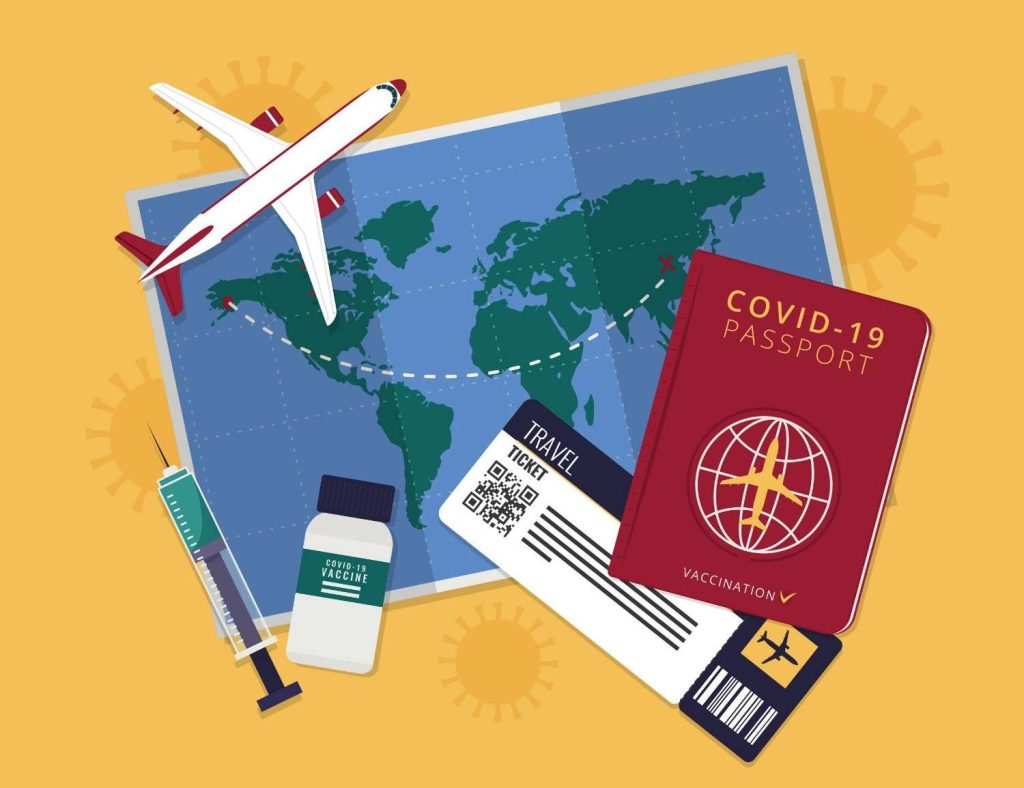
Applicants should provide documents from a recognized medical institute that gives details of diagnosis, treatment plan and estimated period of stay. Countries like the United States, India, and Thailand are popular destinations for medical travel due to their advanced healthcare systems and cost-effective treatment options.
9. Spouse/Dependent Visa
The spouse or dependent visa is intended for the immediate family members of a primary visa holder, such as spouses or children. It allows them to live (and sometimes study or work, depending on the country) while accompanying the main visa holder.
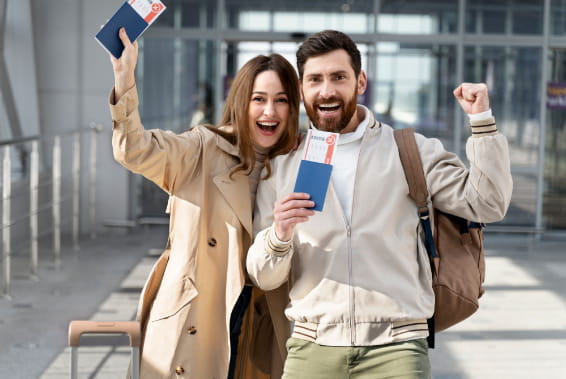
The duration usually matches the validity of the primary visa. Examples include the US H-4 visa, UK Dependent Visa, and Canada Open Work Permit for dependents.
10. Cultural/Exchange Visa
The Cultural/Exchange visa is intended for travelers participating in exchange programs, cultural activities, internships, or short-term work-study opportunities. These visas usually last from 1 to 12 months, depending on the program, and may include specific restrictions on employment.

Countries offering this type of visa include the U.S. J-1 visa, the UK Temporary Worker – Government Authorised Exchange visa, Australia’s Work & Holiday visa, and Canada’s International Experience Canada (IEC) program. This visa is ideal for individuals seeking international exposure, skill development, or cultural immersion while maintaining legal status during their stay.
How To Choose the Right Visa?
Choosing the correct visa is key to a smooth and successful international trip. Here’s how to choose the proper visa based on your different purposes:
- Select a visa that aligns with your travel purpose and duration.
- Ensure it permits all planned activities like tourism, study, or work.
- Review eligibility criteria, including age, education, and finances.
- Consider application fees, processing time, and documentation needs.
- When unsure, refer to official embassy sites or immigration experts.
General Visa Application Process: A Step-by-Step Overview
The visa application process, while varying between countries, generally follows a common framework.
Here is a step-by-step overview of the General Visa Application Process:
- Step 1: Determine the Right Visa Type
Start by identifying the visa that best suits your travel purpose. Then, check the destination country’s official immigration site for accurate options. - Step 2: Identify the Issuing Authority
Find the correct embassy, consulate, or authorized visa center. Many countries use third-party providers for easier access and extended hours. - Step 3: Check Eligibility and Requirements
Review eligibility and document requirements for your visa type. These vary by citizenship, travel purpose, and destination country rules. - Step 4: Complete the Application Form
Complete the visa application form accurately, whether online or on paper. Ensure all details match precisely the details in your supporting documents. - Step 5: Gather Required Documents
Gather all required documents—passport, photos, financial proof, itinerary, and purpose-specific papers—organized per the official checklist. - Step 6: Pay the Visa Fee
Pay the non-refundable visa fee using the specified method. Fees differ by visa type, nationality, and processing speed. - Step 7: Schedule an Appointment
Schedule an appointment for document submission and biometrics if needed. Some visas allow online or mail submissions without in-person visits. - Step 8: Attend the Interview/Submit Biometrics
Arrive at the assigned location on your appointment day. Be ready to discuss your travel plans, home country ties, and other key details. - Step 9: Wait for Processing
Allow enough time for visa processing, which varies from days to months. Some countries offer expedited processing for extra fees. - Step 10: Receive the Visa Decision
You can track your application status using official methods. Once approved, your visa will be in your passport or issued electronically—check all details carefully.
Key Documents You’ll Likely Need To Apply For A Visa
While document requirements vary by country and visa type, this general checklist covers the core documentation typically requested:
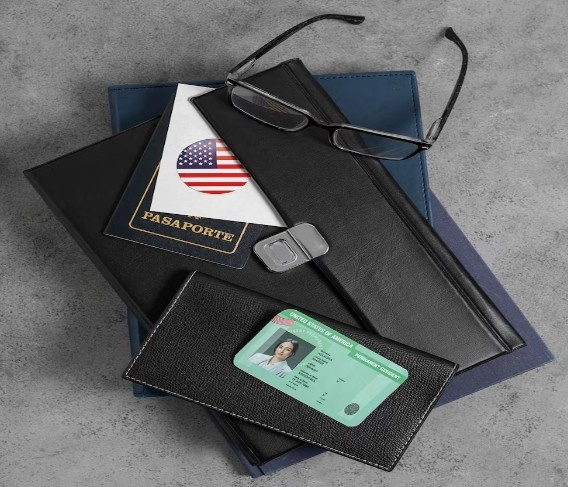
Valid Passport
You must have at least six months’ validity beyond your intended stay and sufficient blank pages for visa stamps. Include copies of previous visas if relevant to your application.
Completed Application Form
Completely fill out and sign where required. Ensure consistency with supporting documents and avoid leaving fields blank unless instructed.
Passport-Sized Photographs
Recent photos meet specific dimensional and background requirements outlined by the issuing authority. Digital images may be required for online applications.
Proof of Travel Arrangements
Flight itineraries, hotel reservations, or tour bookings demonstrate your travel plans. Some countries accept provisional bookings that can be canceled.
Proof of Financial Sufficiency
Bank statements, scholarship letters, sponsorship documentation, or employment verification showing you can finance your stay without unauthorized work.
Travel Insurance
Coverage for medical emergencies and repatriation, often with minimum policy values specified by the destination country.
Civil Status Documents
Marriage certificates, birth certificates, or family records, when relevant to your application or for accompanying dependents.
Purpose-Specific Visa Documentation
- Student visas: Acceptance letter from an accredited institution, academic transcripts, and language test results.
- Work visas: Employment contract, sponsorship letter, professional qualifications, resume.
For Indian citizens, the visa-free entry details for the Philippines are explained clearly in this detailed guide.
Top 7 Tips For A Smoother Visa Application Journey
Navigating the visa application process can be challenging, but these strategies can help minimize complications:
1. Start Early
Begin your visa application well before your intended travel date. Allow 1-3 months for standard processing and even longer for complex visa categories like work or immigrant visas.
Processing times often increase during peak travel seasons.
2. Research Thoroughly
Consult only official government websites or authorized visa centers for the most accurate and up-to-date information. Requirements change frequently, and outdated or third-party information can lead to application errors.
3. Maintain Document Consistency
Ensure all your documents tell a coherent story. Inconsistencies in names, dates, or purpose statements between different documents can trigger additional scrutiny or rejection.
4. Prepare for Your Interview
If an interview is required, practice answering common questions about travel plans, finances, and ties to your home country. Dress professionally and bring organized copies of all documentation for reference.
Never misrepresent information or submit fraudulent documents.
5. Follow Instructions Precisely
Adhere exactly to formatting, translation, and certification requirements for documentation. Even minor alterations from instructions can delay processing or lead to rejection.
6. Keep Copies of Everything
Maintain complete digital and physical copies of your entire application package, including receipts for fees paid. These may prove valuable if documents are lost or further information is requested.
7. Track Your Application
Use the provided tracking mechanisms to monitor your application status. If processing exceeds stated timeframes, inquire through official channels rather than contacting the embassy or consulate repeatedly.
Common Mistakes to Avoid When Applying For A Visa
Even experienced travelers can fall prey to these common visa application pitfalls:
1. Applying for the Wrong Visa Category
It’s crucial to select a visa that exactly matches your travel purpose. Using a tourist visa for work or similar mismatches can lead to entry denial or deportation.
If your case is complex, consult immigration experts to ensure you choose the right visa and avoid issues.
2. Submitting Incomplete Applications
Incomplete applications are a leading cause of visa rejection. Missing documents, unsigned forms, or omitted details can delay or ruin your chances.
Always follow the official checklist and double-check all forms and documents for accuracy before submission.
3. Ignoring Financial Requirements
Many visa applications require proof of sufficient funds for your stay. Insufficient financial evidence is a common reason for denial.
Ensure your financial and employment documents clearly show you can support yourself without illegal work.
4. Planning Travel Too Soon After Application
Avoid booking non-refundable flights or hotels before visa approval, as delays or denials can lead to financial loss.
Allow ample buffer time in your travel plans to avoid such setbacks and reduce stress.
5. Overlooking Country-Specific Nuances
Each country has specific visa requirements that may not be immediately obvious, such as mandatory travel insurance with minimum coverage, certified document translations, or strict formatting rules for financial statements.
Overlooking these details can result in delays or even visa rejection.
Also Checkout:
Conclusion – Understand the Types of Visa to plan your travel and avoid potential issues
Knowing different visa types is important for smooth international travel. By having the right visa, you can legally enter a country and do the work you have been employed to do during your journey.
Careful attention and good preparation is required to apply for the visa. Each country has its own rules, so start early and check official websites for the latest details.
If you are uncertain, it is a good idea to get help from immigration experts. A well-formulated visa application improves your chances of being approved without issues.
FAQs
These are U.S. family-based immigrant visas: F1 for unmarried adult children of citizens, F2A/B for residents’ spouses and children, F3 for married children of citizens, and F4 for citizens’ siblings.
B1 and B2 are temporary US visas for business activities and tourism, respectively. They’re usually issued as a combined B1/B2 visa, allowing stays of up to six months per entry.
US visas are either non-immigrant (temporary) for visitors, students, workers, and diplomats, or immigrant (permanent) for family, employment, or humanitarian-based residency.
F-1 is a US student visa for full-time study at accredited educational institutions. It allows limited on-campus work and optional practical training related to the student’s field.
